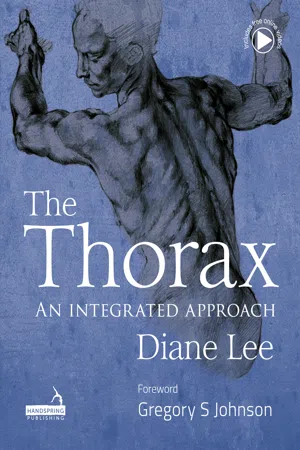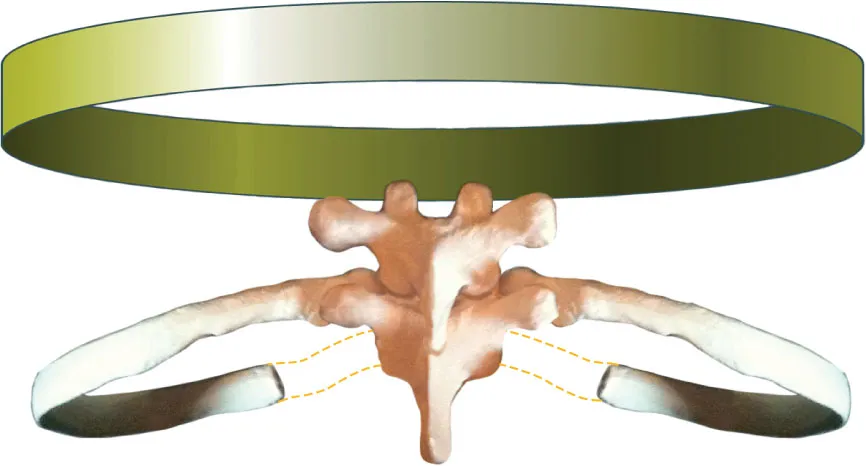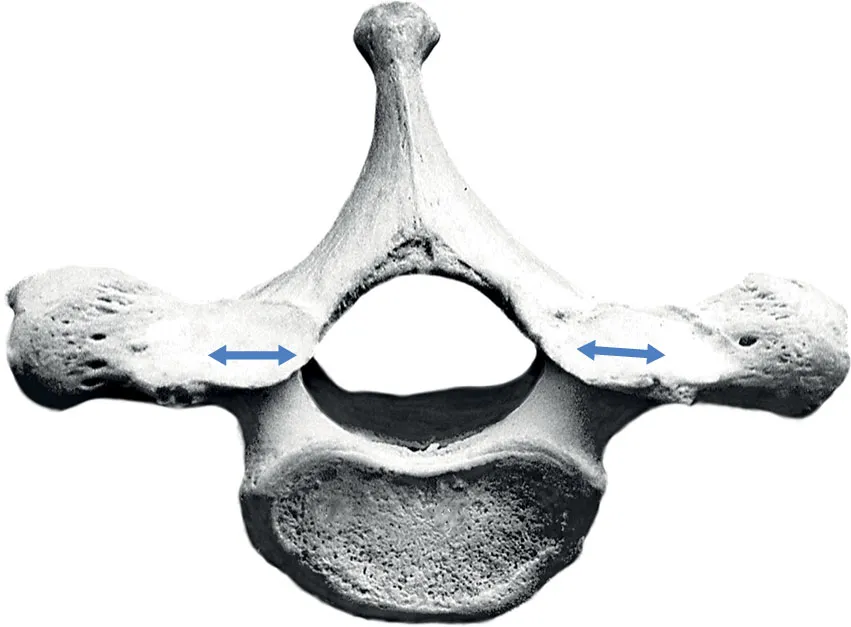
- 332 pages
- English
- ePUB (mobile friendly)
- Available on iOS & Android
About this book
This clinical textbook will update the reader on the relevant anatomy, known biomechanics, clinical assessment, musculoskeletal conditions and treatment of the thorax and how these relate to the function of the whole body. An integrated biopsychosocial model (the Integrated Systems Model – ISM) will be highlighted in this text and used as a foundation for clinicians to organize their knowledge from multiple sources. The text emphasizes the current suggestion from the evidence that treatment be individualized and that clinical reasoning form the basis for treatment decisions.
Richly illustrated with 3D-rendered colour anatomical drawings, and over 250 clinical photographs, The Thorax: An integrated approach is the definitive manual on the thorax for all bodyworkers helping patients improve mobility and control of the trunk.
Frequently asked questions
- Essential is ideal for learners and professionals who enjoy exploring a wide range of subjects. Access the Essential Library with 800,000+ trusted titles and best-sellers across business, personal growth, and the humanities. Includes unlimited reading time and Standard Read Aloud voice.
- Complete: Perfect for advanced learners and researchers needing full, unrestricted access. Unlock 1.4M+ books across hundreds of subjects, including academic and specialized titles. The Complete Plan also includes advanced features like Premium Read Aloud and Research Assistant.
Please note we cannot support devices running on iOS 13 and Android 7 or earlier. Learn more about using the app.
Information



Table of contents
- Cover
- Title Page
- Copyright
- Contents
- Foreword
- Preface
- Acknowledgments
- How to access the online videos
- Chapter 1: Anatomy of the thorax
- Chapter 2: Biomechanics of the thorax
- Chapter 3: Assessment of the thorax and its relationship to the whole body
- Chapter 4: Principles of the Integrated Systems Model for treatment of the individual patient
- Chapter 5: Case reports highlighting the relationship of the thorax to the whole body
- Chapter 6: Release techniques for system impairments
- Chapter 7: Motor learning and movement training
- References
- Index